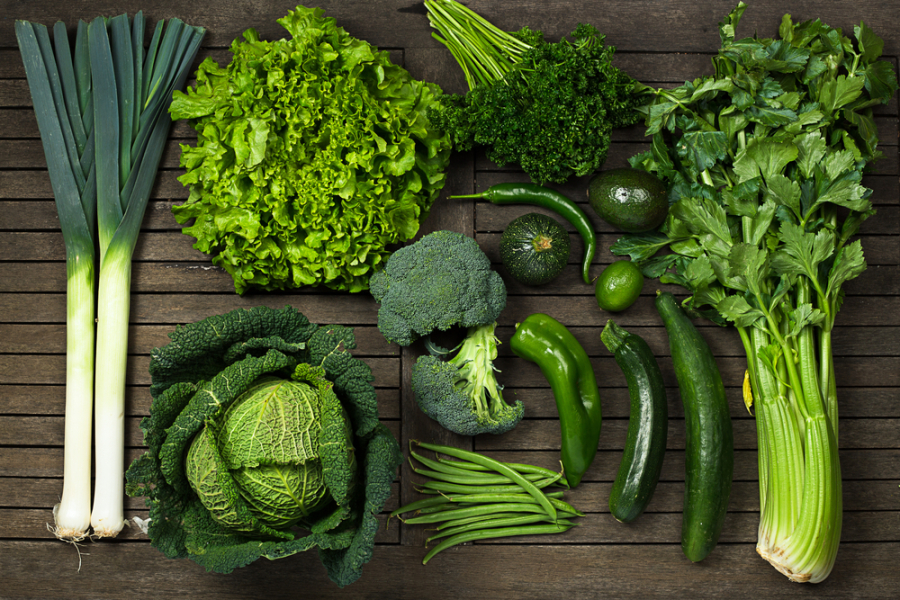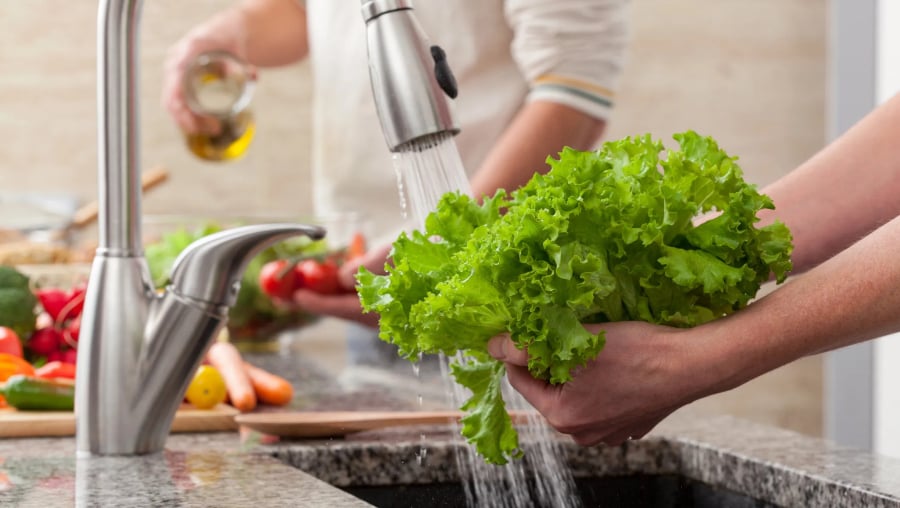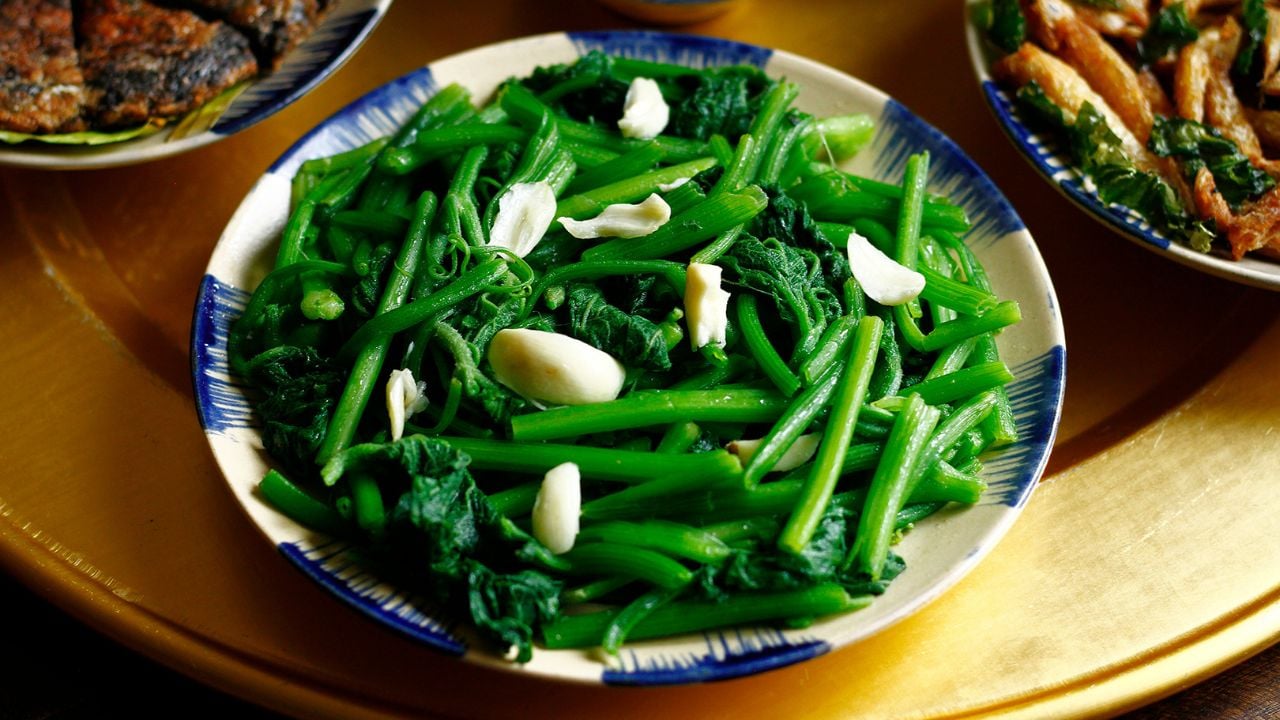In the daily meals of Vietnamese people, green vegetables are an essential food. Not only delicious and easy to cook, with a variety of cooking methods, green vegetables also have a high nutrient content comparable to meat and fish. Green vegetables contain abundant fiber and high levels of vitamins, minerals… so they are beneficial for health, such as helping to control weight, reducing the risk of cancer, good for brain function, reducing memory loss in the elderly…
In addition to cooking methods such as boiling, soup, hotpot… you can also stir-fry vegetables. Although it is quite simple, not everyone knows how to stir-fry vegetables to make them tasty and still maintain their crispiness and beautiful color. Besides the ingredients, the quality of stir-fried vegetables also depends on the cooking process. Let’s learn 3 simple tips to make any stir-fried vegetables delicious, nutritious, and beautiful.

Pick and wash the vegetables before cooking
When stir-frying vegetables, no matter what kind of vegetables, you should choose fresh, clean leaves that are not too old or too young to make a “delicious” stir-fried vegetable dish.
After buying vegetables, you need to pick off old leaves, rotten leaves, yellowed leaves, and stems, then wash them several times with clean water. In addition, to remove dirt, insect eggs as well as impurities stuck to the vegetables, you should also soak the vegetables in diluted saltwater. The reason for this is that salt will help form a layer of oxidation film, so that the vegetables will not darken when stir-fried.

Blanch the vegetables
Normally, when stir-frying vegetables, we usually put the washed and cleaned vegetables directly into the pot or pan. However, in reality, this is a “mistaken” way of cooking and can make your stir-fried vegetables turn dark or yellowish, especially when they are left for a while before being served.
To limit this, you just need to do one more small and simple step, which is to blanch the vegetables. First, put a pot of water on the stove and add a little salt and oil, then bring it to a boil. Wait until the water boils, then quickly blanch the vegetables for a few seconds and take them out. Instead of putting them directly into the pot or stir-frying, you should rinse them again with cold water to keep the vegetables crispy and prevent them from changing color.

High heat when stir-frying
Many “home chefs” believe that stir-frying vegetables over low heat will make the vegetables cook slowly and taste better. However, this is not true because if you stir-fry vegetables over low heat, it will make them release a large amount of water, causing the dish to lose its crispiness and delicious taste. In addition, stir-frying vegetables over low heat will make them turn yellowish or dark because the heat is not enough and not evenly distributed.
More Useful Advice for Homemakers (Part 2)
Have you heard of the surprisingly easy tips to make cooking and household chores simpler? White radish eliminates the acrid taste of salted meat, adding alum to raw shrimp helps soften it, and adding cold water when frying eggs can make them crispy – these are just a few of the tricks to make your life easier.






































